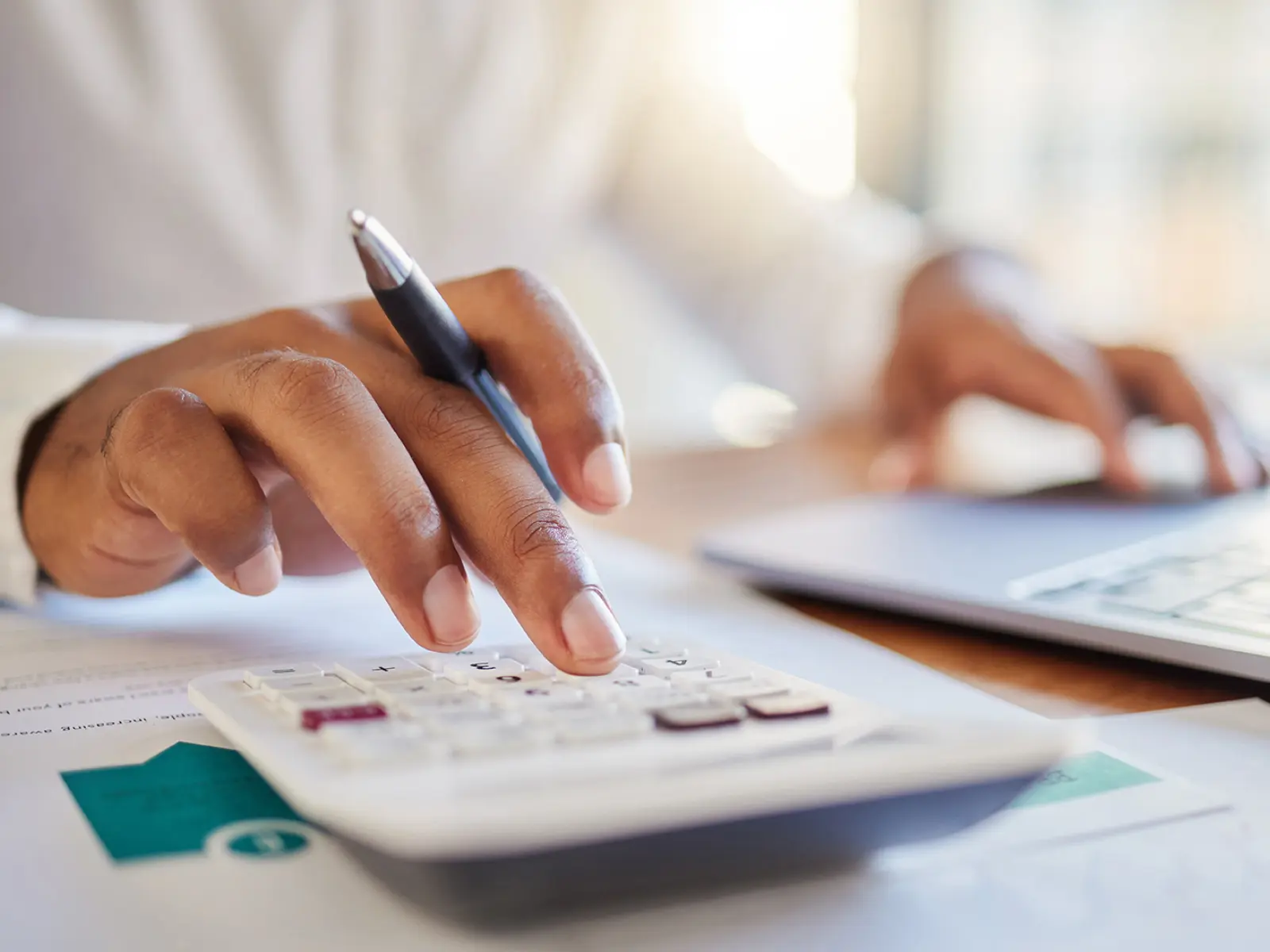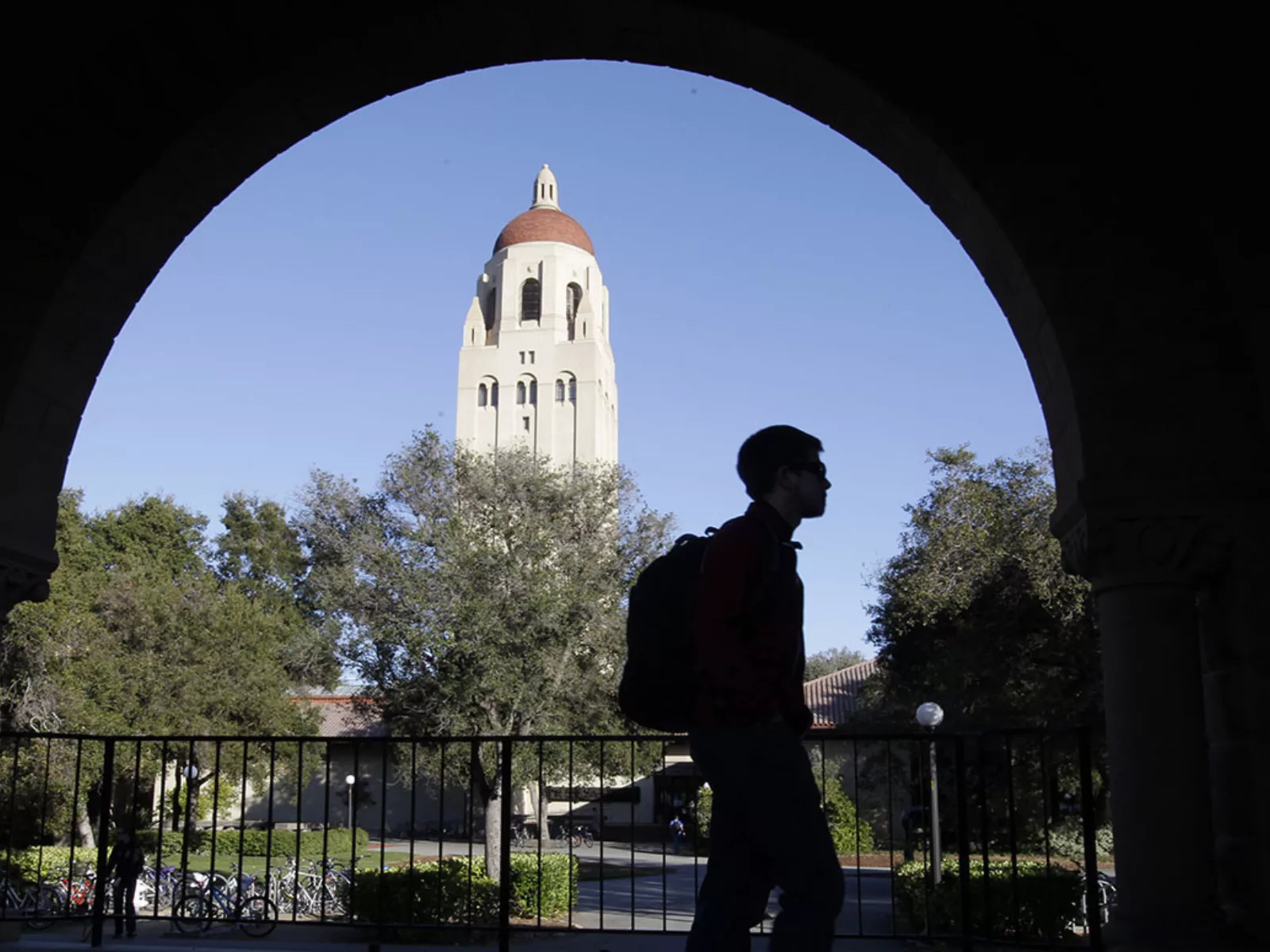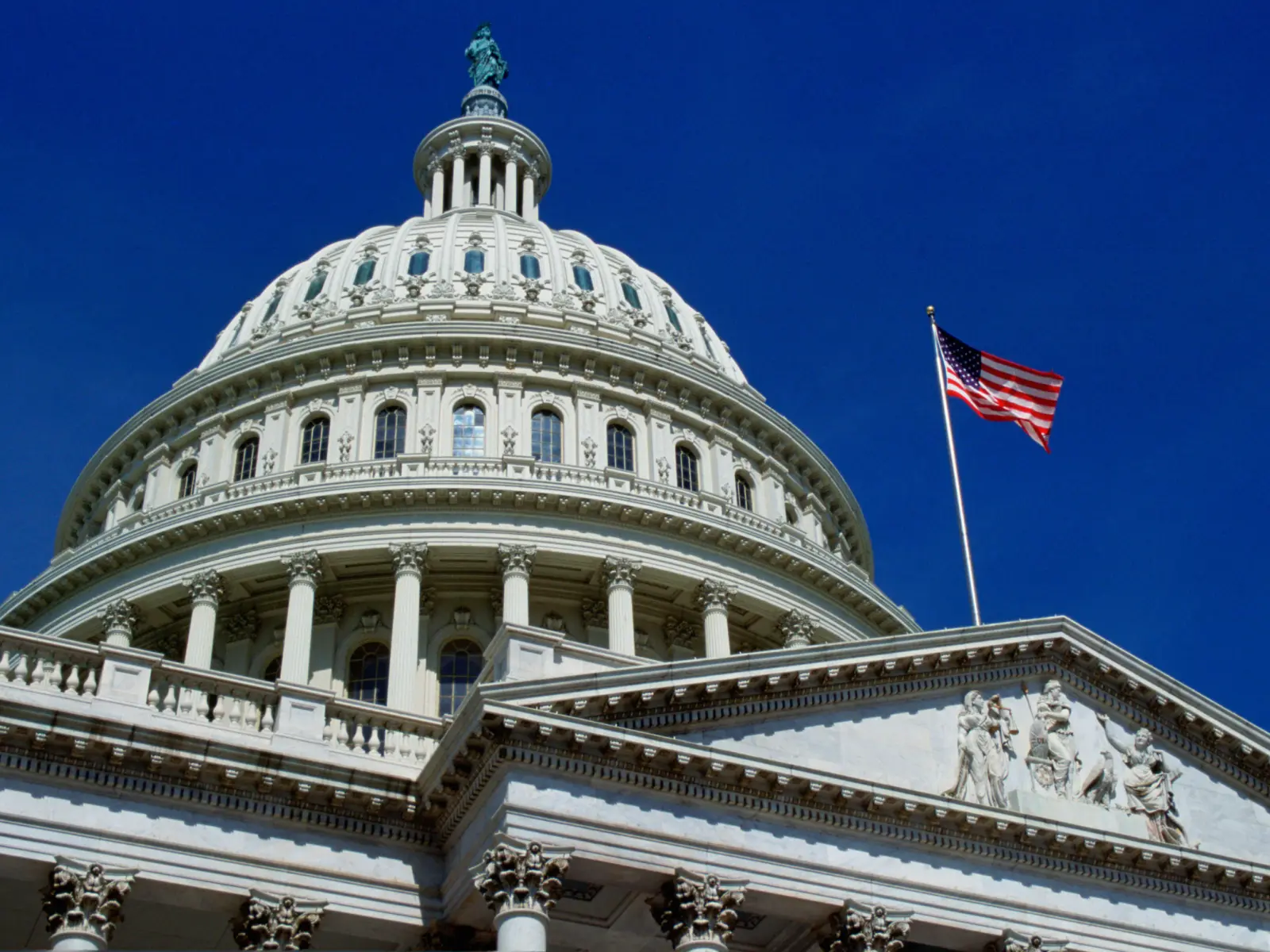The federal government’s latest COVID relief package, the American Rescue Plan, is a potentially game-changing step toward fighting poverty in America and lifting up lower-income families.
In a new Brookings Institution brief, researchers Megan Curran and Christopher Wimer identify a set of executive actions and Congressional proposals that could support low- and moderate-income families and reduce poverty. Using the latest data available from the Census Bureau’s annual Supplemental Poverty Measure, they attempt to quantify how effective each action or policy would be at lifting people, especially children, out of poverty.
The research looked at executive actions that could remove barriers to family assistance programs, as well policies that would increase food assistance, tax credits, and student loan forgiveness; improve access to health care; expand housing assistance programs; raise the minimum wage; and increase the recruitment of young adults through federal hiring programs.
While some measures the team analyzed have already been passed via the American Rescue Plan, others, like student debt cancellation, are still being debated. Here’s a look at several key anti-poverty measures the Biden administration could take and their assessed impact on people’s financial well-being.
Modernizing the assumptions that determine Supplemental Nutrition Assistance Program (SNAP) benefits
By reducing the cost of food, this important intervention reduces both food insecurity and poverty. In 2019, an average of 36 million individuals participated in SNAP each month. With an average monthly household benefit of roughly $260, SNAP prevented 2.5 million individuals — close to half of which were children — from falling into poverty.
However, Brookings researchers found that the formula it is based on does not reflect the actual cost of a modern family’s food budget or updates to nutritional guidelines. Monthly SNAP benefit amounts are determined by the Thrifty Food Plan (TFP), which the USDA constructs to estimate the family budget necessary to cover a “national standard for a nutritious diet at a minimal cost.” The budget estimates vary by age and gender, but many argue the TFP is overdue for modernization.
If President Biden used executive action to modernize the assumptions and methodology underpinning the TFP, the value of a family’s monthly SNAP benefit would likely increase, helping an additional 3.1 million individuals.
Making Earned Income Tax Credits and Child Tax Credits easier to file
The Earned Income Tax Credit and Child Tax Credit are highlighted as one of the most important anti-poverty tools at the government’s disposal. Together, the tax credits keep millions of people out of poverty each year.
Brookings researchers found that some families and individuals who are eligible do not receive the credits due to complexities in tax filing. Executive action could encourage the IRS to make claiming these credits easier for families and increase participation rates among eligible families. Ensuring these credits reach all who are eligible but do not currently receive them could move at least 1.2 million more people out of poverty.
Canceling student debt
With collective student loan debt hovering around $1.7 trillion, some advocacy organizations and lawmakers have pressed for student debt cancellation. Surprisingly, Brookings researchers found that canceling student debt would have a minimal impact on lifting people out of poverty.
Using data from the 2019 Survey of Consumer Finances (SCF), the researchers estimate that only about 12 percent of families living in poverty hold federal student debt, and the average balance among poor families with debt is $23,329. Less than half of poor borrowers are making positive payments on their federal student loans, and researchers assume that only this subset would therefore experience a change in annual family resources, and thus their poverty status, due to loan forgiveness.
Based on SCF data, which the researchers note has limitations on how well it effectively accounts for poor students with debt, only 4.5 percent of poor families were making payments on federal student loans, and the average payment among all poor families was $61 a year.
Ultimately, cancelling $10,000 in student debt per person — at a cost to the federal government of $376 billion — would only raise disposable incomes among poor families by $23 per year, and “near poor” families by an average of $37 per year. Researchers caution that given the small sample size and the dearth of data on this topic, estimates may vary. They’ve called for more research and better data collection to provide a more accurate assessment of the impact of student debt cancellation for poor and “near poor” families. As other authors have noted, student debt forgiveness would generate larger benefits for wealthier families than the poor and “near poor families” the researchers focused on in this brief.





















